10 Nights / 11 Days

Andeanface Glacier School is a Compact and Short Itinerary that Provides the Knowledge, Skills, and Experience Essential for Safe and Enjoyable Mountain Climbing, in a High Altitude Glaciated Mountain Environment. the Itinerary First Provides Some Good Acclimatisation Hikes Where You Can Gradually Condition Your Body During the First Days of the Program.
our Core Curriculum Emphasises Safety, Judgement, Mountaineering Skills, Leave No Trace Practices, High Altitude Physiology and a Good Dose of Fun, of Course! It is a Great Introductory Mountaineering Experience for Beginners Where You Can Discover How Your Body Reacts to the High Mountain Environment.
glacier Travelthe Course is Primarily An Intensive High Altitude Glacier Course, But It Will Test the Acquired Skills By Attempting to Summit Cayambe 5.790 M / 18,991 Ft and Later Antisana 5.740 M / 18,800 Ft. the Challenging, Long Alpine Slopes of These Two Mountains Provide An Excellent Introduction to Glacier Travel Techniques On Big Peaks. if Participants have An Intermediate Skills Level, the Course Could Be Focused On More Advanced Climbing Techniques such as Ice Climbing and Crevasse Rescue Systems.
our Excellent Guides Provide Glacier School Training On Cayambe and Antisana. Experience is Not Required.
during the Training You Will Learn About:
Knots and Ropes.glacier Travel
Glacier Travel.
Crampon Techniques.
Ice Axe Techniques.
Crevasse Rescue.
Ice Climbing.
How to Shelter.
How to Prepare Yourself for Mountain Climbing.
Equipment Used in the Mountains.
Living in Mountain Huts.International Flights.
travel Insurance.
lunch and Evening Meals While in Quito.
alcoholic Drinks.
extras, Laundry, Tips.
rest of Climbing Gear
airport Transfers
Andeanface Staff Will Meet You At 09:00 in the Morning for An Introductory Briefing About the Program. As this is Your First Day At Altitude 2,800 M / 9,184 Ft, We Will Take You Walking to the Rock Climbing Wall in Quito. Once There We Will Do Some Work with Ropes, Teach You Abseiling, Balance Training and Basic Rock Climbing.
Having had a day to begin the acclimatization process in Ecuador, we now go for the first summit of a volcano. After a short drive we hike out into the countryside towards Pasochoa. This mountain is an ancient and heavily eroded volcano that has been inactive since the last Ice Age. Perhaps one of the main reasons for this excursion is that Pasochoa is one of the few volcanoes where we may see condors flying - the largest flying birds in South America. We return for the night in Quito.
Using the cable car we go as high as 4.000m / 13,200ft in a few minutes from where we start today´s hike. Pichincha is an excellent second acclimatization hike. Rucu (Quichua for “Oldâ) is one of the three major peaks that make up the Pichincha massive. Quito is actually built on a shelf on the eastern side of this massif.
The hike is again straightforward and will take 4 to 5 hours (round trip). After this hike we return to Quito for the night
Otavalo has one of the biggest indigenous markets of Ecuador. You will have a chance to buy local textiles and hand crafts. There is a market on every day of the week. However Saturday is the best. We recommend you to visit first the animal market as it starts very early in the morning.
Due to its wonderful colours, Otavalo is a paradise for photographers.
Today we leave Hacienda Guachala and drive towards the refuge of Cayambe at 4.600 m / 15,088 ft. If there is too much snow or the road is not in a good condition, we do a short hike. Once in Cayambe we start our training course.
During the glacier training on Cayambe we cover the following subjects:
Snow climbing, ice axe positioning, and moving in balance.
Self arrest techniques.
Snow and ice anchor selection, construction, and equalisation.
Ice climbing (with top rope) and crampon techniques.
Prussiking.
Roped glacier travel and route finding through crevassed areas.
Discussions on high altitude physiology and other related expeditionary topics.
After each session you return to the refuge for a hearty meal.
On day 8 there will be a chance to attempt the summit of Cayambe. After that we drive down to spend another night at Hacienda Guachala.
Today we leave Hacienda Guachala and drive towards the refuge of Cayambe at 4.600 m / 15,088 ft. If there is too much snow or the road is not in a good condition, we do a short hike. Once in Cayambe we start our training course.
During the glacier training on Cayambe we cover the following subjects:
Snow climbing, ice axe positioning, and moving in balance.
Self arrest techniques.
Snow and ice anchor selection, construction, and equalisation.
Ice climbing (with top rope) and crampon techniques.
Prussiking.
Roped glacier travel and route finding through crevassed areas.
Discussions on high altitude physiology and other related expeditionary topics.
After each session you return to the refuge for a hearty meal.
On day 8 there will be a chance to attempt the summit of Cayambe. After that we drive down to spend another night at Hacienda Guachala.
Today we leave Hacienda Guachala and drive towards the refuge of Cayambe at 4.600 m / 15,088 ft. If there is too much snow or the road is not in a good condition, we do a short hike. Once in Cayambe we start our training course.
During the glacier training on Cayambe we cover the following subjects:
Snow climbing, ice axe positioning, and moving in balance.
Self arrest techniques.
Snow and ice anchor selection, construction, and equalisation.
Ice climbing (with top rope) and crampon techniques.
Prussiking.
Roped glacier travel and route finding through crevassed areas.
Discussions on high altitude physiology and other related expeditionary topics.
After each session you return to the refuge for a hearty meal.
On day 8 there will be a chance to attempt the summit of Cayambe. After that we drive down to spend another night at Hacienda Guachala.
Today we leave Hacienda Guachala and drive towards the refuge of Cayambe at 4.600 m / 15,088 ft. If there is too much snow or the road is not in a good condition, we do a short hike. Once in Cayambe we start our training course.
During the glacier training on Cayambe we cover the following subjects:
Snow climbing, ice axe positioning, and moving in balance.
Self arrest techniques.
Snow and ice anchor selection, construction, and equalisation.
Ice climbing (with top rope) and crampon techniques.
Prussiking.
Roped glacier travel and route finding through crevassed areas.
Discussions on high altitude physiology and other related expeditionary topics.
After each session you return to the refuge for a hearty meal.
On day 8 there will be a chance to attempt the summit of Cayambe. After that we drive down to spend another night at Hacienda Guachala.
This is a Rest Day from Mountain Climbing Used as a Driving Day to Get to Cotopaxi National Park, We Will Stop for Lunch in a Restaurant Along the Way, for the Night We Will Spend At Tambopaxi Lodge, It is a Great Place with Nice Views of Cotopaxi .
We Drive to 4.600 M and Then Walk to the Hut At 4.800 M / 15,700ft Ft Having Arrived At the Hut At Lunchtime, We Rest in the Afternoon and Evening, Preparing for a Night Time Climb. Cotopaxi is One of the Most Beautiful Mountains of the Andes of Ecuador. the Whole National Park is Known for Its Rich Wildlife and Remoteness. Without a Doubt Cotopaxi Has the Largest Number of Clear Days amongst the High Peaks of Ecuador.
We Leave the Hut At Around 1am in the Morning. First We Walk for 1 Hour to the Start of the Glacier Where We Put Our Crampons On and Use the Rope. a Large Featureless Glacier is Then Followed, Weaving Between Large, Obvious Crevasses. the Final Section is a Bit Steeper. the Summit Gets Us Above the Crater.
during the Climb Ropes Will Be Used to Protect the Team from Crevasses and also to Provide Protection On the Steeper Sections. the Ascent Normally Takes Between Six to Seven Hours Up and Two Hours for the Descent. Night Back in Quito.
| No of pax | Age Limit | Price per pax (Rs) |
|---|---|---|
| Adult | Above 12 years | $ 270 / Adult |
| Per PAX | Per Person |
| 2 pax | USD2.200,00 per person |
| 3 pax | USD 2.100,00 per person |
| 4 pax + | USD 2.000,00 per person |
We are Dealing in Tour & Travels Services. Read More...
 3D/2N
3D/2N
 3D/2N
3D/2N
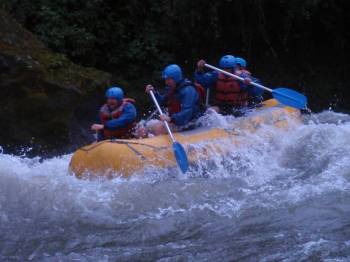 1D/0N
1D/0N
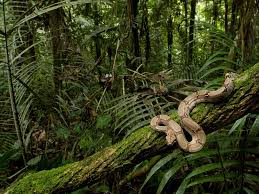 1D/0N
1D/0N
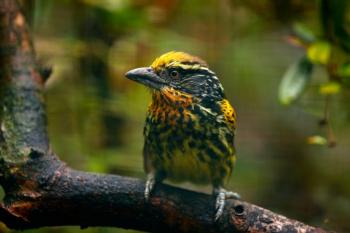 1D/0N
1D/0N
 1D/0N
1D/0N
Barra de Santiago - California - Galapagos - San Cristobal - Isabela - Floreana - F..
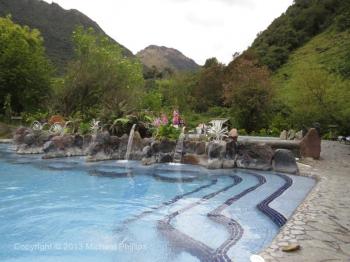 1D/0N
1D/0N
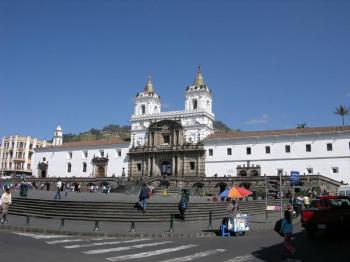 1D/0N
1D/0N
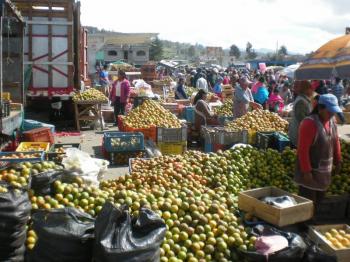 1D/0N
1D/0N
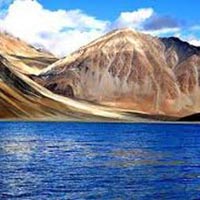 11D/10N
11D/10N
 11D/10N
11D/10N
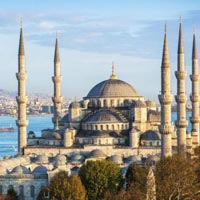 11D/10N
11D/10N
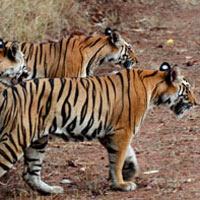 11D/10N
11D/10N
Bhopal - Pachmarhi - Jabalpur - Gwalior - Chhatarpur - Tikamgarh - Umaria
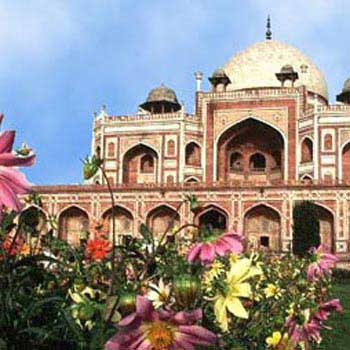 11D/10N
11D/10N
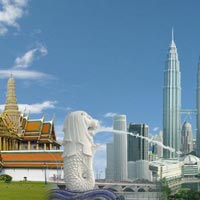 11D/10N
11D/10N
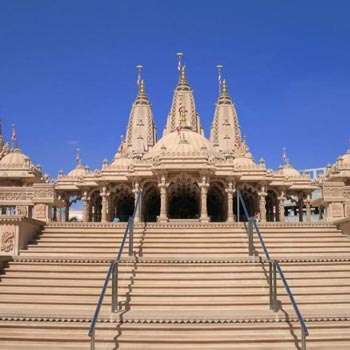 11D/10N
11D/10N
Best of Gujarat With Wildlife Tour
Ahmedabad - Bhavnagar - Diu - Junagadh - Rajkot - Bhuj - Jamnagar - Dwarka - Mumbai
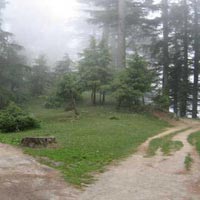 11D/10N
11D/10N
 11D/10N
11D/10N
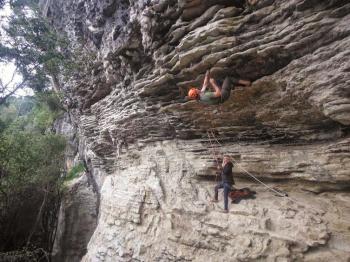 11D/10N
11D/10N
Iquitos - Cotopaxi - Cayambe - Otavalo - Rucu Pichincha - Pasochoa
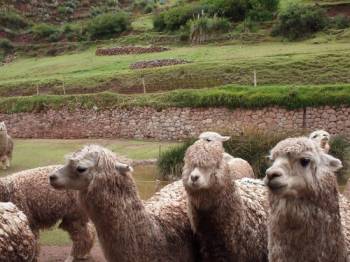 11D/10N
11D/10N
From the Inca Empire to the Peruvian Ama..
Colima - Perugia - Mohandessin - Cusco - Iquitos - MACHU PICCHU
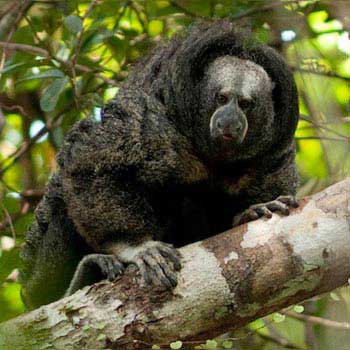 7D/6N
7D/6N
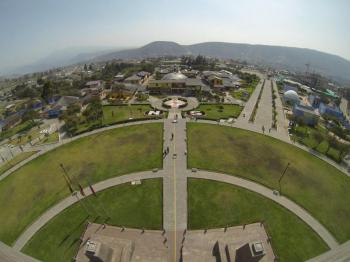 1D/0N
1D/0N